Armed drone proliferation looks to accelerate in the wake of US decision
- By Frumentarius
Share This Article
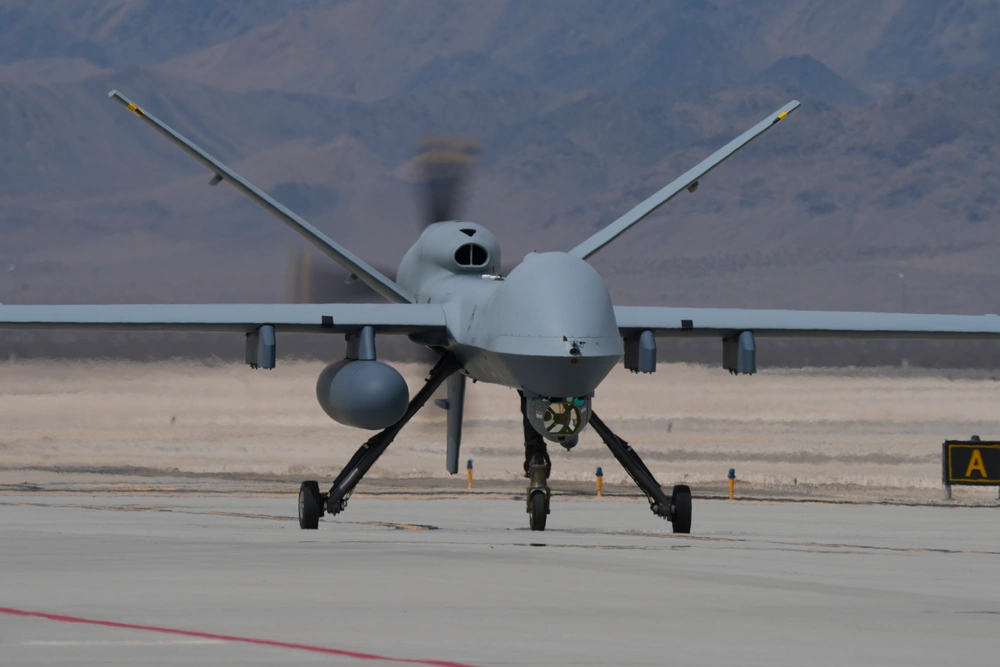
According to a September 5, 2025, Reuters report, the Trump Administration plans to no longer designate drones as “missiles” or “unmanned delivery systems,” but rather as “aircraft.” This will allow weapons manufacturers in the U.S. to export sophisticated “heavy attack drones” – like the MQ-9 Reaper – to allies without violating the 1987 Missile Technology Control Regime (MTCR), an agreement which governs the export of missile systems, and thus without the threat of facing possible regulatory consequences.
The decision will also allow U.S. manufacturers to better compete with companies from Israel, Turkey, and China. These countries produce large numbers of advanced drones but are not parties to the MTCR and therefore not restricted by it in exporting their weapon systems.
According to Reuters, the Trump administration would like to sell 100 Reaper drones to Saudi Arabia, and the reinterpretation would facilitate that sale. American allies in Europe, east Asia, and elsewhere would also surely be interested in acquiring Reapers of their own following the decision.
The MTCR came into effect in 1987 after it was proposed by the G7 countries and eventually agreed to by a total of 35 nations including the United States. In legal terms, the MTCR is not a treaty, and thus not legally binding. Rather, it is an informal global political arms control agreement amongst the nations who adopted it. The aim of the MTCR has been to prevent the spread of ballistic missile technologies and other unmanned systems that could be used to deliver nuclear, biological, and chemical warheads. Notably, it does not cover manned aircraft systems, like a standard fighter jet. Most analysts judge the MTCR has been at least partly effective in its aim, in that, at a minimum it has slowed the proliferation of systems that can deliver WMDs.
The White House’s decision will have few geopolitical implications. First, the American government under President Trump clearly still finds the MTCR to be valuable in controlling the spread of missile technologies. Otherwise, the administration could have simply just pulled out of the agreement altogether, and thus struck it a death blow. Nevertheless, the Administration’s decision might still dilute the United States’ historical role as the prime supporter and enforcer of the MTCR – although it does not end that role. It does, however, arguably weaken the MTCR as a whole.
Second, this is yet one more data point to support the (surely correct) assessment that unmanned drones are the future of warfare, as is also demonstrated by prevalence of drones in the Russia-Ukraine war. That conflict has featured consequential drone actions on land, in the air, and on and below the surface of the sea. Military historians will surely look back at that conflict as a turning point in global military history, in which unmanned weapons systems came to the forefront of warfare.
Loosening global arms controls on the sale of drones like the Reaper – which this decision by the Trump administration surely does – will not be the sole or even primary cause of the proliferation of drones. Drone proliferation is undoubtedly accelerating, and might have done so even in the absence of this decision. One development, however, seems almost guaranteed at this point: the prominence, and possibly even dominance, of unmanned vehicles of all types is the future of war.
Feature Image: An MQ-9 Reaper remotely piloted aircraft taxis on the flightline at Creech Air Force Base, Nevada, Aug. 28, 2025. The U.S. Air Force proposed the MQ-9 Reaper system in response to the Department of Defense directive to support initiatives of overseas contingency operations. (U.S. Air Force photo by Senior Airman Victoria Nuzzi)
Read more from Sandboxx News
- Russian military culture doesn’t care about suffering tremendous casualties to gain ground
- NATO shoots down Russian drones over Poland marking a first for the alliance
- The social hierarchy of US special operations units
- Air Force awards contract for its Next-Generation Penetrator bunker-buster bomb
- Man down: A Delta Force tale of loss
Related Posts
Sandboxx News Merch
-

‘AirPower’ Classic Hoodie
$46.00 – $48.00Price range: $46.00 through $48.00 Select options This product has multiple variants. The options may be chosen on the product page -
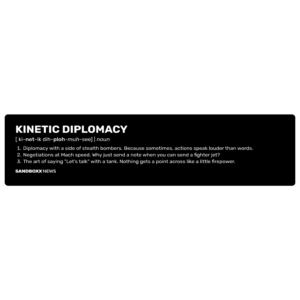
‘Kinetic Diplomacy’ Bumper Sticker (Black)
$8.00 Add to cart -

‘Sandboxx News’ Trucker Cap
$27.00 Select options This product has multiple variants. The options may be chosen on the product page
Frumentarius
Frumentarius is a former Navy SEAL, former CIA officer, and currently a battalion chief in a career fire department in the Midwest.
Related to: Gear & Tech, Military Affairs
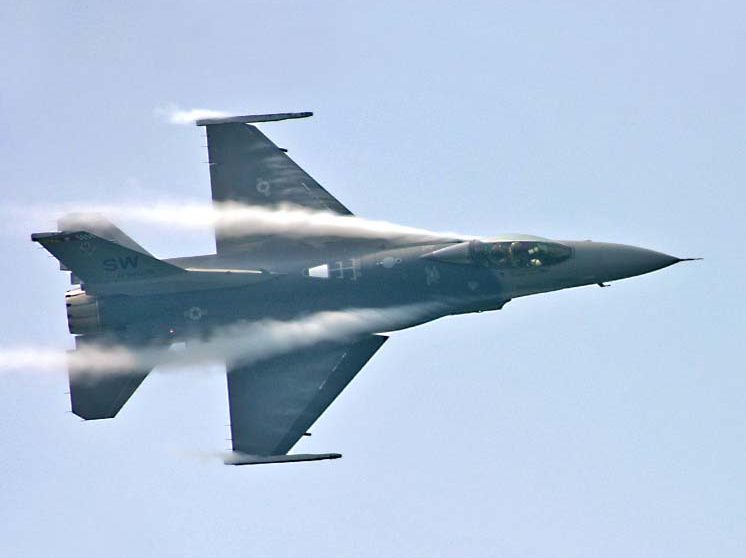
Approaching Mach 2 in an F-16: ‘The jet started to shake’
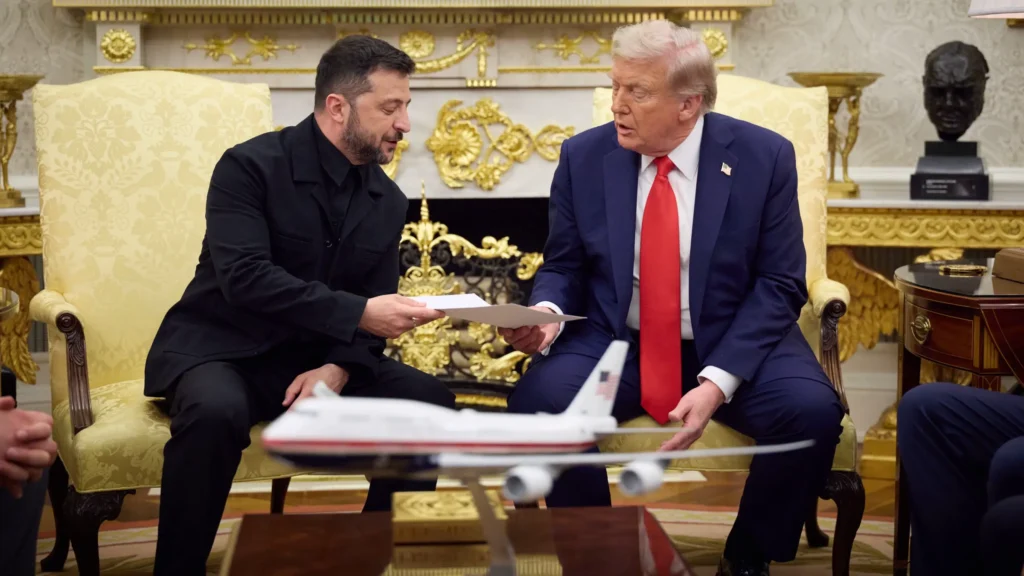
What could ‘security guarantees’ for Ukraine look like?
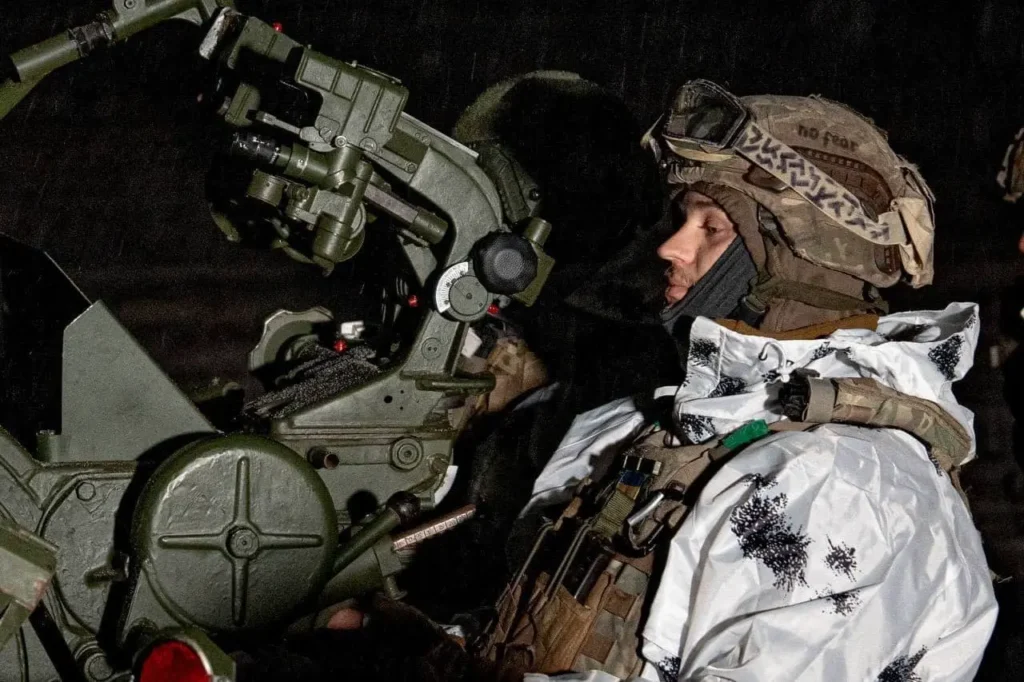
Ukraine’s electronic warfare fight against Russian drones is so chaotic that its own are getting caught in the crossfire
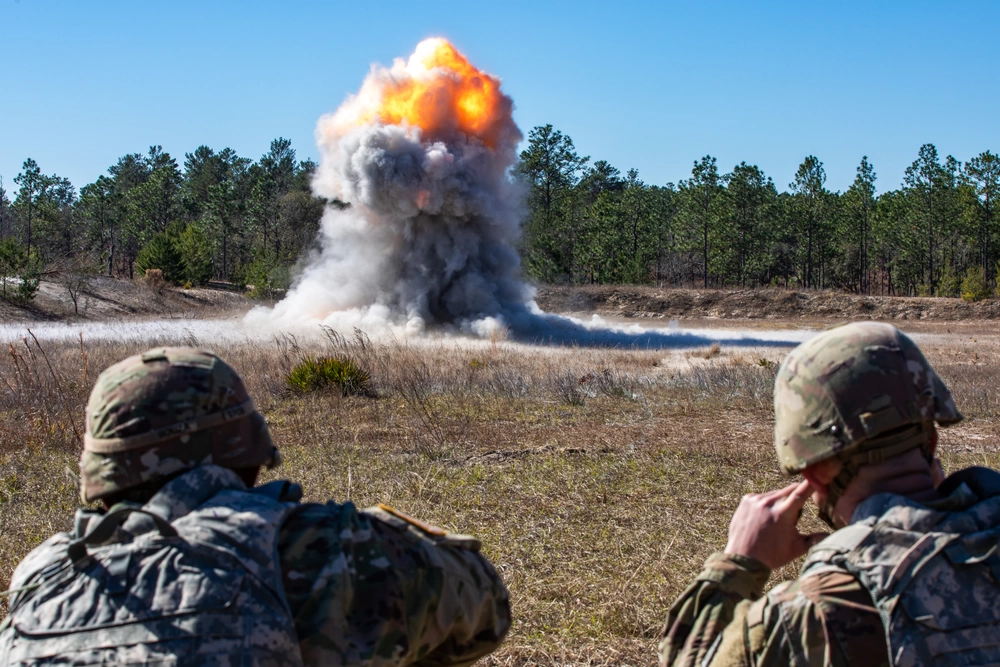
Explosive mishaps in Delta Force: Learning from mistakes
Sandboxx News
-

‘Sandboxx News’ Trucker Cap
$27.00 Select options This product has multiple variants. The options may be chosen on the product page -

‘AirPower’ Classic Hoodie
$46.00 – $48.00Price range: $46.00 through $48.00 Select options This product has multiple variants. The options may be chosen on the product page -

‘AirPower’ Golf Rope Hat
$31.00 Select options This product has multiple variants. The options may be chosen on the product page -

‘Sandboxx News’ Dad Hat
$27.00 Select options This product has multiple variants. The options may be chosen on the product page
